ARTICLE AD BOX
More in-home child care providers in Minnesota are shut their doors, and many day care centers are closing, too, leaving thousands of parents scrambling to find places for their children to stay while they work or attend classes.
According to the state Department of Human Services, more than 4,000 licensed in-home child care providers have called it quits over the last decade, creating a crisis in which families are in need of affordable child care options, but providers say rising costs make it unsustainable to stay open without raising prices even higher.
Amanda Rieder is one of them. The 32-year old, of rural Tyler — a small southwest Minnesota town of just over 1,100 people — says she’s ending her in-home child care services after eight years. As she went through all of her supplies, toys, equipment, getting it all cleaned up, sanitized and ready for sale or donation, she said it wasn’t an easy decision for her to make.
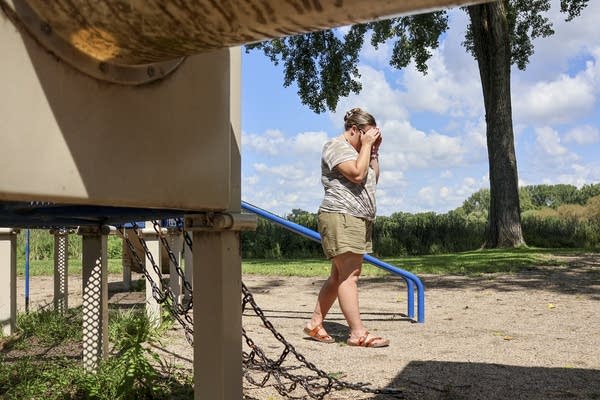
“Just as I’m packing things up, I hear the kids say, ‘Oh, I loved playing with that, I’m gonna miss playing with that,’” Rieder said. “It’s gonna be so sad to just even hear the laughter and the noises of the children playing every day. I’m definitely going to miss that.”
Rieder became an in-home child care provider out of necessity, when she needed child care for her son after her own provider closed her business. After a month of searching, Rieder couldn’t find any other arrangement that fit her budget, work schedule and location.
“I needed somebody to watch my child,” she said. “I had no means of being just a stay-home mom, either. So, I needed something with income as well.”
Over the past eight years, Rieder took in six-week-old newborns to kids up to 12 years old. She said she benefitted from being able to watch her own children while working at home.
“I just love watching the children grow, learn and play,” she said. “Everybody has their tough days, but those good days definitely overpower the few bad days that we all have.”
But love is not enough to pay the bills and child care providers across Minnesota are struggling to stay afloat.
In 2014, there were close to 10,000 licensed family child care programs operating in Minnesota, according to the state Department of Human Services. By the end of 2024, that number had plummeted to just 5,781, meaning about 40-percent of in-home child care providers closed their doors over the last 10 years.
The remaining programs provide more than 68,340 child care slots, according to the annual report by the Office of the Ombuds for Family Child Care Providers. But that’s a fraction of the space that’s needed.
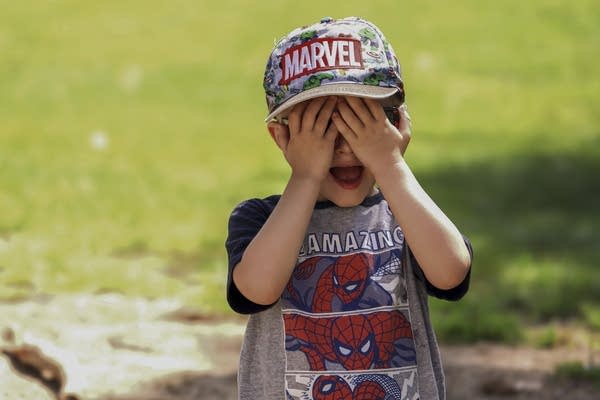
There are multiple reasons in-home child care providers are closing up shop. The first is rising expenses. Overhead costs, including maintenance work to make sure the child care spaces are up to code, liability insurance, utilities and other expenses are all rising. Tack on another $800 to $1,500 more each month for groceries, and Rieder said it just got to be too much.
“Even just craft supplies and your curriculum to provide for your younger kids before they head off to preschool or kindergarten, it’s just so expensive,” she said. “We don’t necessarily get a whole lot of help from the state to help provide those fundings.”
But what finally drove Rieder to quit was what she called the “excessive” regulations to maintain her child care license. She says the state’s rule changes often made her take on more paperwork to document every single trip she takes with the children to the park, library or grocery store.
“I have regulations that I have to follow and numbers I have to stay within,” she said. “Paperwork I would have to have on the children. Just … there’s so much.”
Rieder knows how hard it is for parents right now finding quality, affordable child care. She was in their shoes too — and the demand for affordable options hasn’t waned. Her waitlist was always filled, and the problem, she said, is only getting worse.
Rieder says the demand is so high and space so limited, that many parents are trying to plan pregnancies around child care.
“People shouldn’t have to schedule their timeline to have children based on our availability, they should be able to have children when they’re ready,” she said. “I’ve also experienced with some families that have also wanted to expand their family size and have more children, but the availability for day care is just not there, and that’s just sad. They want to give their kids more siblings, and they can’t.”
Minnesota is the third most expensive state in the country for child care, with costs here averaging about $1,900 a month for an infant, according to the Economic Policy Institute. That’s $9,474 more per year than the cost of in-state tuition for four-year public college, and 31-percent more than average cost of rent in the state, according to EPI.
It’s a fragile web that affects both providers and parents, like Kristi Van Otterloo, 33, of St. Peter, who has experienced losing child care twice.
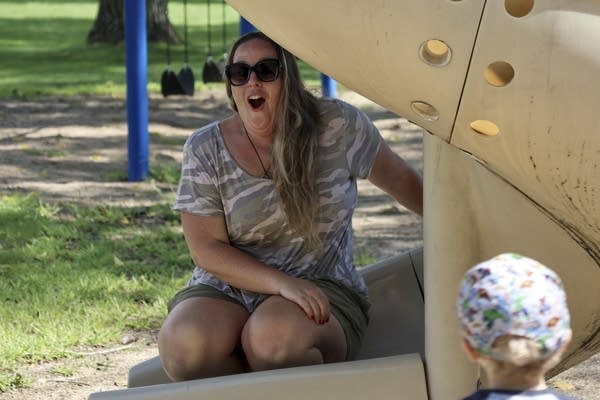
The first time was back in December, 2022. Before giving birth to her daughter, Van Otterloo had secured an infant care spot but then later discovered via social media that her day care center was closing. And while she was eventually able to find care for her daughter, it only lasted until July, 2024.
“I got a message from this day care provider saying that she ended up having to close her in-home day care that she had just opened because her HOA was complaining about the noise of children during the day,” Van Otterloo said. “So, that again, left us scrambling.”
Now, Van Otterloo says she’s able to find more affordable child care because her daughter is older. She understands why it’s difficult for centers to stay open, and even seeing ads seeking child care employees makes her worry about losing day care again.
“It always makes me nervous, because I'm like ‘What if they don’t find staff? What if they don;t find people to hire? Like, are they going to have to close?’” She said. “So it’s just it’s almost like, just the feelings from it happening before that I’m constantly on edge about it.”
Not in the right ball park
Miranda Bapp understands those feelings well, but from the other side. She’s worked in three day care centers, and while she’s currently taking a break from the field, Bapp is thinking about opening a day care center of her own.
“I’ll always be in child care as long as the kids are there, because you’ll find me at the kid table,” Bapp said. “That’s just where I want to be.”
But, before opens her own child care facility, she wants to see changes. More providers and day care operators are leaving the profession from burnout, stricter licensing regulations and the low pay.
Bapp says even with the state investing grants and funds into shoring up day care centers, many are still closing. They have difficulty attracting and retaining workers even as parents pay more for child care.
“Infants are 260 [dollars] a week, toddlers are 245 [dollars] a week, preschool is 235 [dollars] a week,” Bapp said. “But our staff, our main core people who take care of the children in this [profession] are making some of the lowest paid rates than any business profession that we have … I mean, you can go make $18 an hour at McDonald’s … but my aides only make about $15 an hour.”
Bapp has been on both sides as a day care worker and director, and as a parent. She says losing in-home providers directly affects commercial day care centers.
“There will be more intake and more children looking for placement and looking for care so that families can continue to work, but there’s no spots available in the centers that we already have open,” she said.
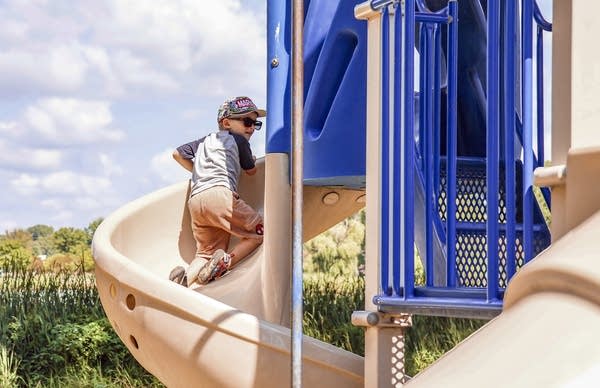
And the problem cannot be solved by continuing to raise costs for parents to increase child care worker pay, Bapp says.
“I think we need to figure out how to get those to equal … cost less for our parents so that they can continue to work and they can continue to have care be provided to their children, while also bringing up the pay we give our staff,” Bapp said.
It’s a problem that Bapp says Minnesota hasn’t even gotten close to fixing — especially for how long the child care crisis has persisted.
“I don’t think we’re even walking towards the right ball park,” she said. “I think we’re still trying to figure out if we’re talking about football or baseball.”
Child care crisis is ‘still in a downward spiral’
In 2023, the Minnesota Legislature committed to investing $1.3 billion over four years in early childhood education and care. It aimed to expand access to programs and increase early learning scholarships for low-income families.
This source of funding also included new spending to address the early childhood workforce shortage by helping to boost pay and benefits.
But that significant state investment hasn’t yet staunched the exodus of child care providers. While state figures show the number of closures has slowed, providers continue to leave the profession.
Lisa Thompson of the Office of the Ombuds for Family Child Care Providers said the state is still trying to figure out what’s causing in-home providers to quit and day care centers to close.
“People want to do this work,” Thompson said. “But, they also have to be able to afford to feed their families and provide a decent living for their own households. Parents with young children really bear the brunt of the costliness of providing care for young children.”
She also says she hears from providers around the state about the pressures and frustrations lead so many of them to head towards the exits, including complex licensing laws, immense workloads, and the high costs of code violations and penalties.
“It’s become a full-time job to remain compliant with licensing laws as a single person caring for a group of children,” Thompson said. “We want their focus to be on caring for the children and providing excellent care and programming — not doing paperwork.”
And it is something, Thompson says, that’s not sustainable for the industry.
“Over the past 20 years, there’s been a real shift from licensing, being a supportive resource for people operating a family child care to the more regulatory focus of license enforcement,” she said. ”It’s long hours. There’s no benefits, high stress, and really, there’s an availability of less stressful, less risky, higher paying jobs at the ready for people to make their living in other ways.”
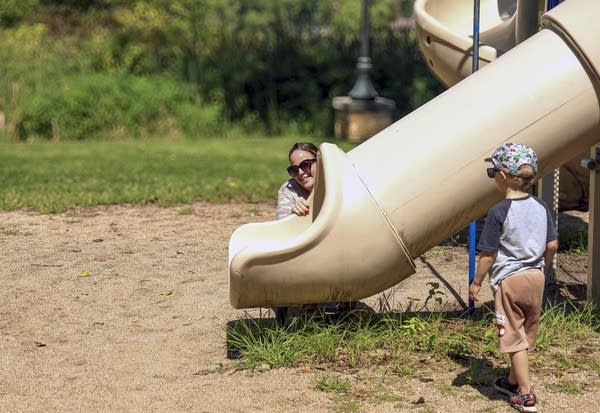
Five years ago, the state surveyed hundreds of child care license holders who had shut down their programs prior to 2020. Now, Thompson said her agency is conducting a follow-up survey of the hundreds more family child care providers that have closed up shop within the last five years, asking about the factors that led to them to leave the profession.
The survey will be active for the next two weeks. Thompson said the report will be ready by the end of 2025, and the state will follow up with focus groups. One thing that she says is already clear is that “the financial public investment alone hasn’t reversed the downward trend.”
“There’s something we’re missing, because the trend is still in a downward spiral,” she said. “So, hopefully with this survey we’re going to identify some of those other factors that haven’t been apparent, maybe for policy changes or law changes to our investments, to reverse that trend and really protect families' options for care for their young children.”
Thompson said that there needs to be targeted investments in order to make meaningful child care reform. Part of that, she says, is understanding the importance of early childhood education and development. That responsibility, Thompson added, falls on everyone.
“I think that's really a sign of how we look at our broken view of what child care is,” she said. “The majority of a child’s brain and setting them up for a lifetime of learning is formed and developed in those first five years. Yet, we’re comparing [and] expecting that to be a lower cost than a college education.”






 English (US) ·
English (US) ·